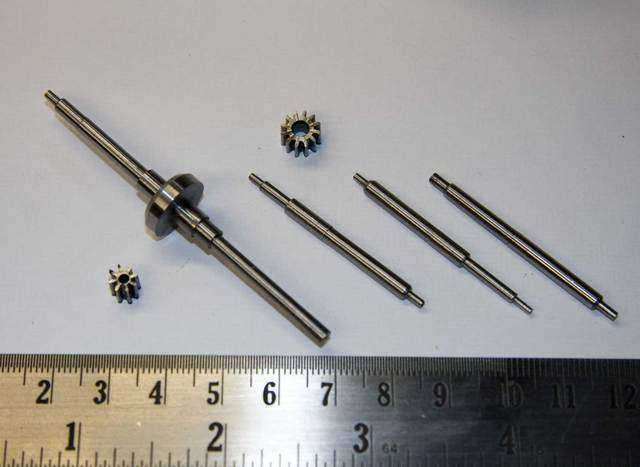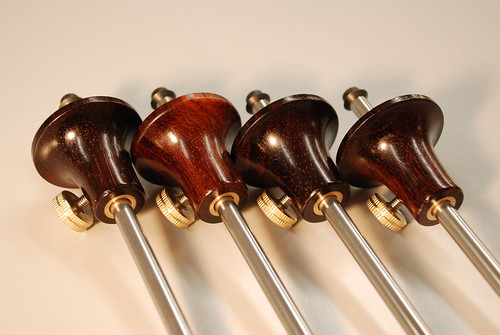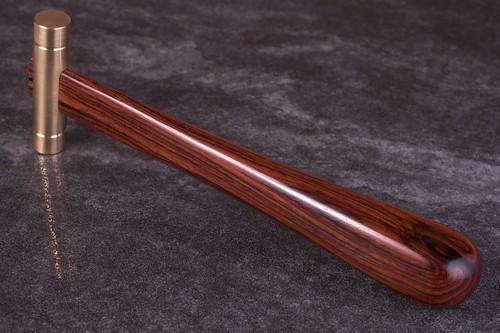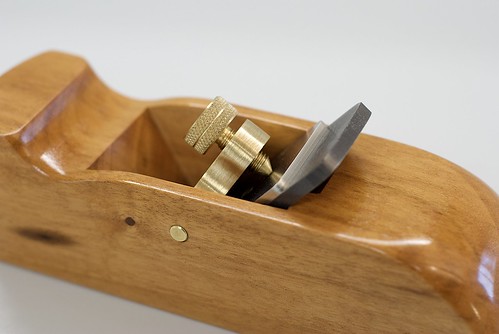woodbloke
Established Member
The latest issue of F&C (which is very good btw) has an interesting article by Marc Fish on testing a small metal work lathe. He maintains that much of the smaller stuff that can be done on a wood lathe can equally be made on a metal lathe, with all the benefits for metal machining (if required) as well.
Bearing in mind that I only do small stuff (no bowl turning) there does seem to be some merit in the idea.
As I'm going to change my lathe later on, I wondered how many use metal lathes for wood and metal?
(Pete[Newt]...I know what you're going to say :wink - Rob
- Rob
Bearing in mind that I only do small stuff (no bowl turning) there does seem to be some merit in the idea.
As I'm going to change my lathe later on, I wondered how many use metal lathes for wood and metal?
(Pete[Newt]...I know what you're going to say :wink




































